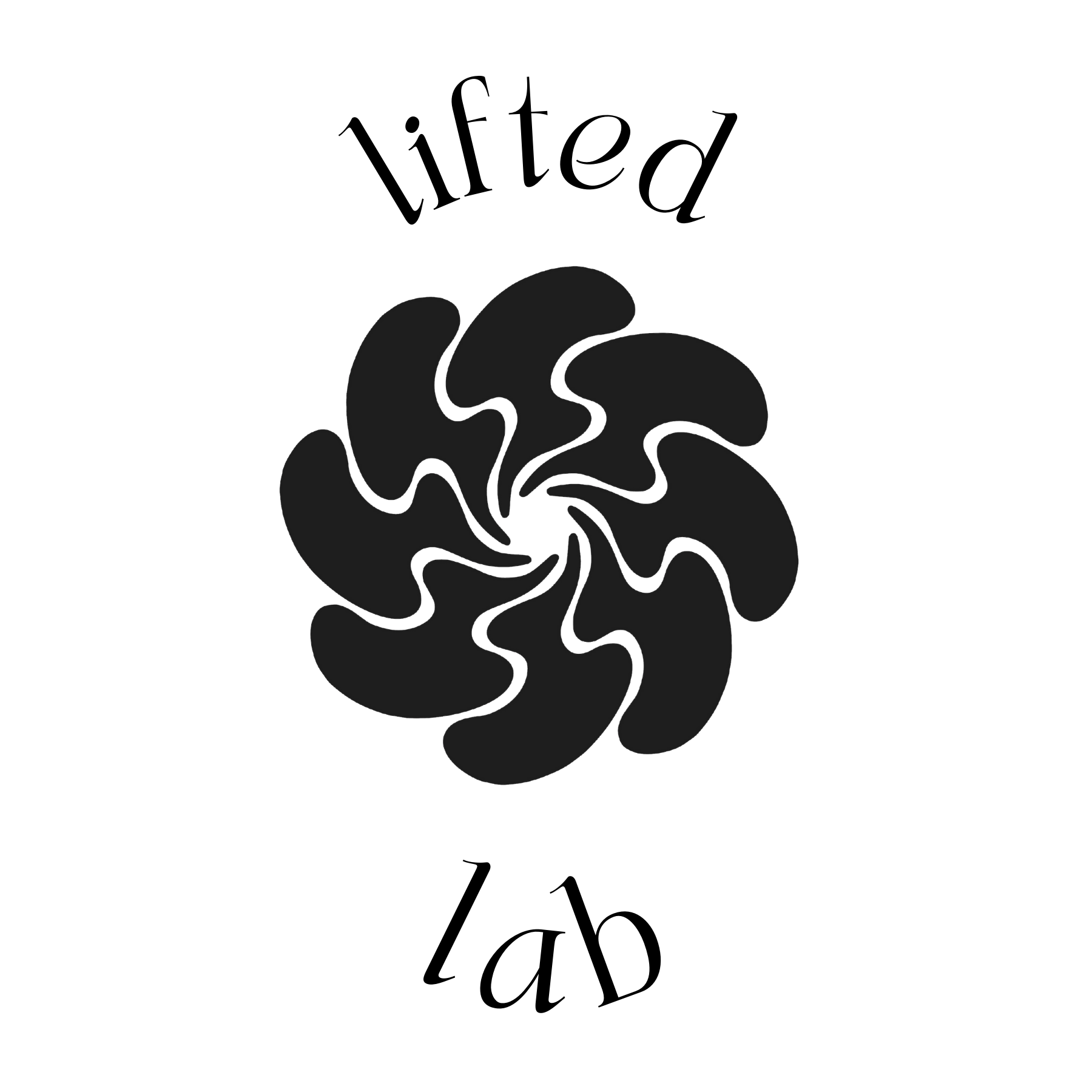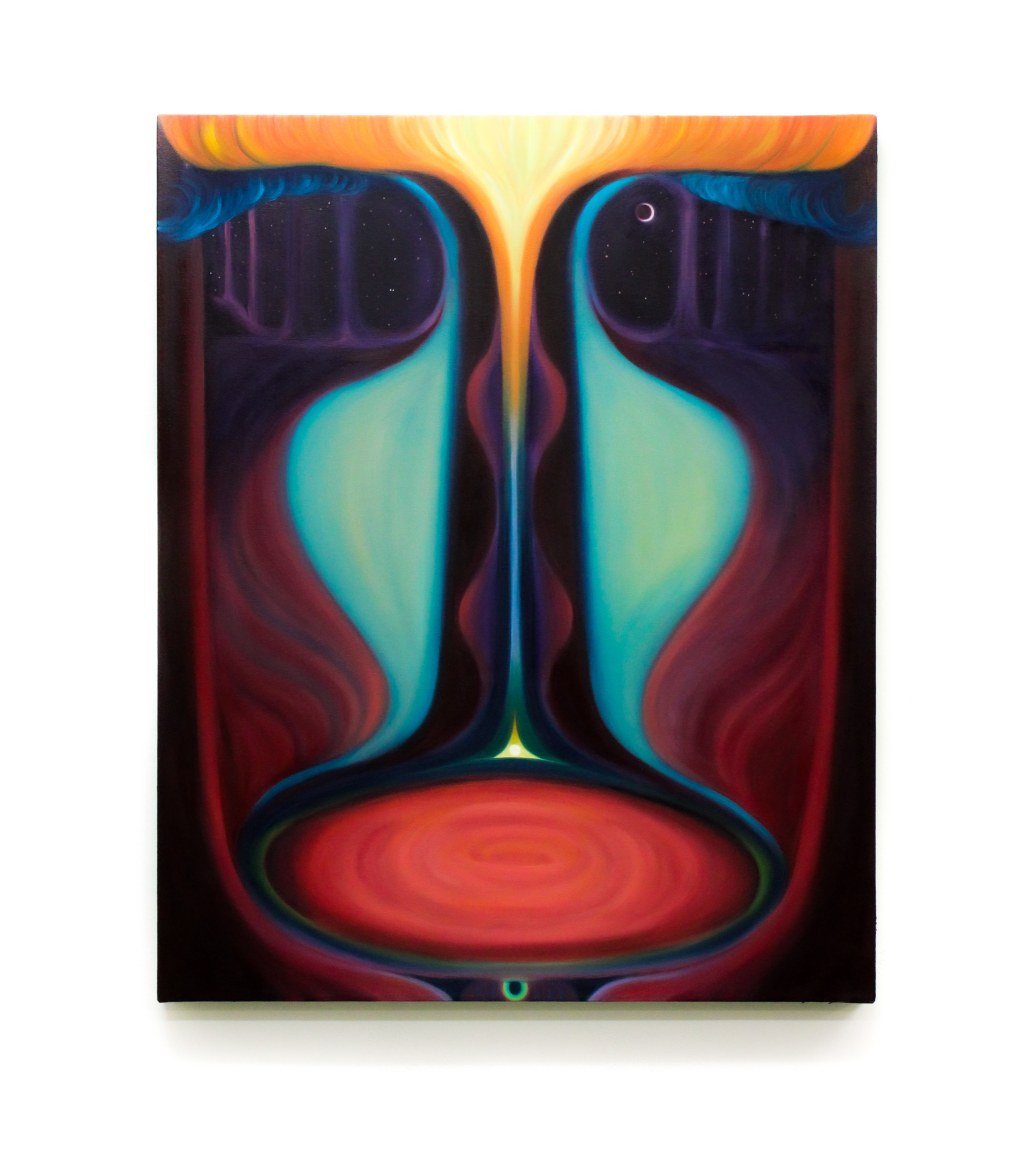Rachelle Bussieres "Circadian Rhythms"















Rachelle Bussières has been developing a singular practice of the image derived from photography, located at the crux of process-based artwork, a sensitivity to the effects of light, and a materialist approach inscribed in time, space, and experience. Recent works form an inventory of this evolving corpus marked by new explorations within larger format compositions.
The images invite us immediately to question their methods of production. Their ethereal and enveloping color palette recalls the representation of natural light in painting; however, they are lumen prints, photograms produced by exposing photosensitive paper to the sun or studio lights anywhere from a few minutes to several days’ duration. The surface retains the imprint of light and shadow, that which has been there, left by masking tools and other objects placed in sculptural compositions. If the indexical nature of photography is one of its ontological foundations, then the photogram is the perfect example, as underlined by Krauss; this does not mean that Bussières’ work rests on this definition alone. Her inclination for formal abstraction and her abandonment to the course of chance, as informed by her materials, expands toward a redefinition of the photographic act.
The notion of chance in photography comes from what Cartier-Bresson called the decisive moment, a means of capturing an instant, circumventing its fleeting nature by fixing it forever in the work. Bresson’s concept springs to mind because Bussières pursues its opposite, capturing the flow of time rather than truncating it. This creates a dialog between creation and sensory experience, notably through methods of embodiment, which reconnect the sensations of doing and thinking. She positions this embodied practice in response to the dominant and masculine photographic traditions of control and technical mastery. Instead, Bussières’ approach values intuition, repeated work, and long durations of time, during which light breathes life into particular visual effects: the work’s gradations emanate an impression of incandescence and aura, while evoking the movement of the sun or moon (by the recurrence of circular forms, which recall the language of cosmology) and the vibrations of the sky’s colors from which the work is literally printed. Despite being rooted in the everyday, to which the title Les rythmes circadiens refers, the images’ allusive visual qualities make it difficult not to feel as if one is in the presence of something more than reality, something celestial or metaphysical.
“Each print is a record of its most essential truth,” Robinson writes of Bussières’s practice, affirming its ideological connection to photography, while exposing its greatest paradox: the truth of photographic images is absolute in its essence, but incomplete faced with the “continuous fabric” of the real, to quote Krauss again. In Bussières’s latest series, the work’s materiality functions as an indexical trace as well as a form of truth of experience: the universal corporeality ofbeing in the worldamong the fluctuations of time and space, which Bussières’ work continues to embody.
Text by Marie-Pier Bocquet, translated from French by Christopher Squier.
Images via Rachelle Bussieres.


